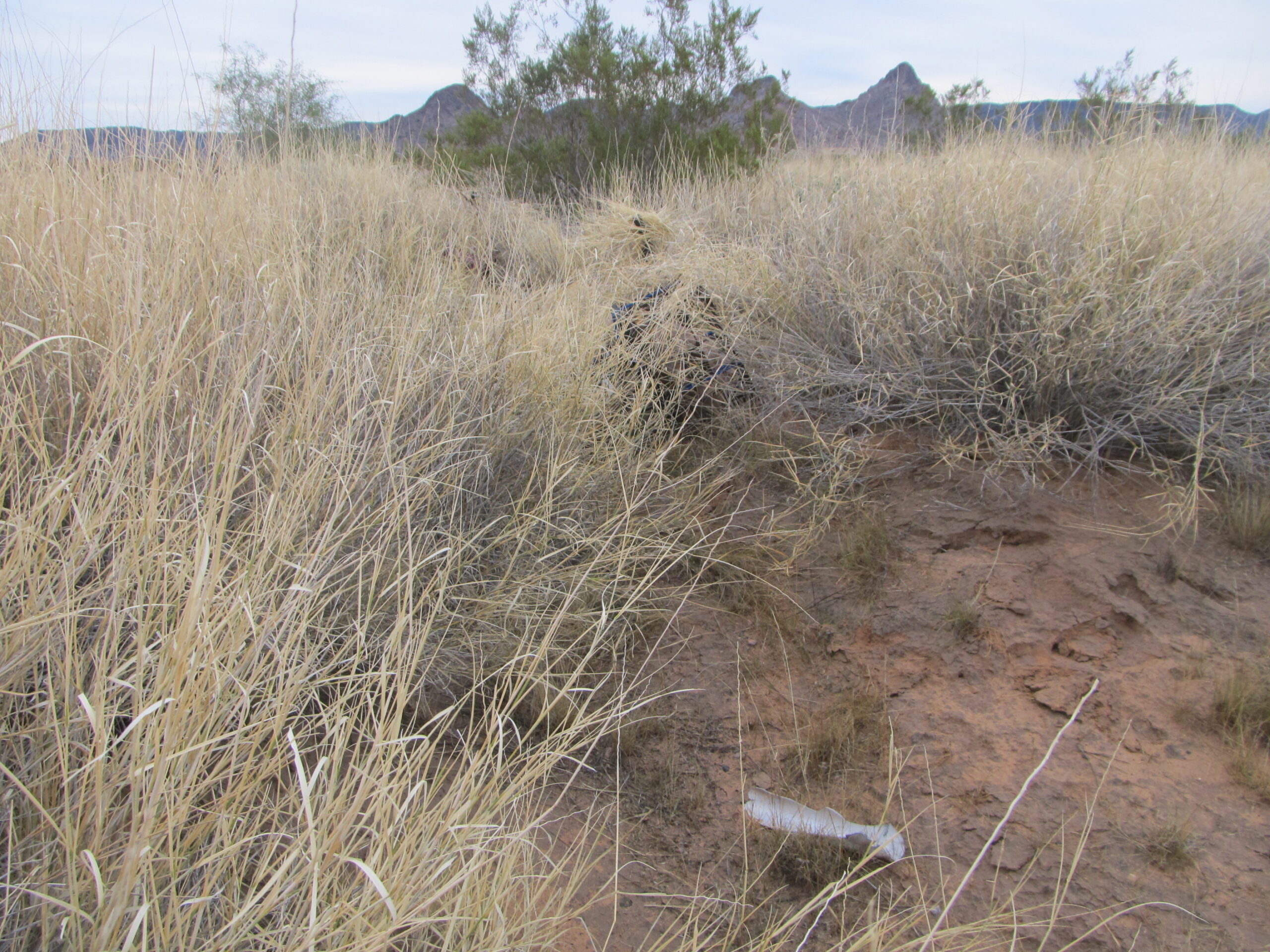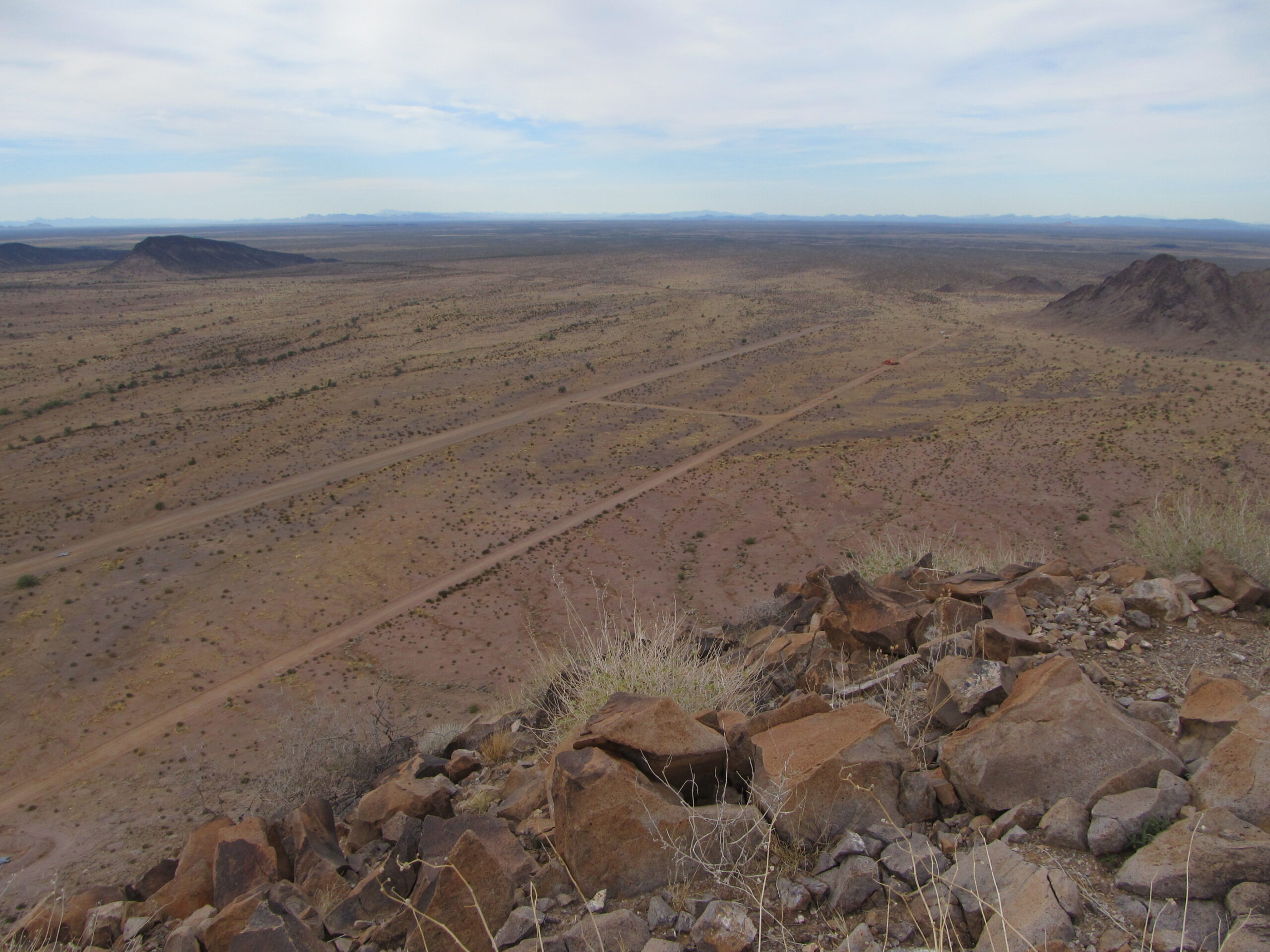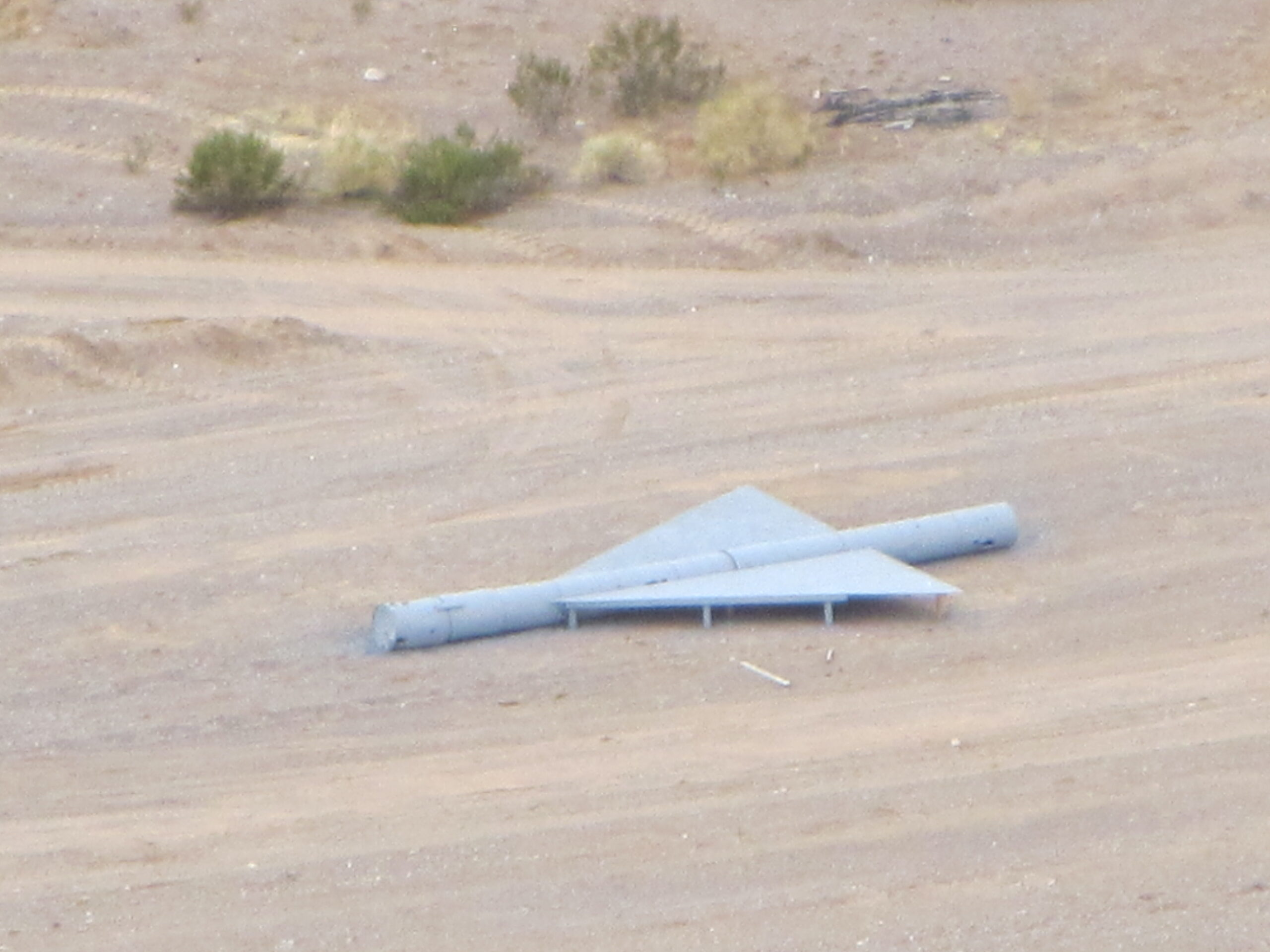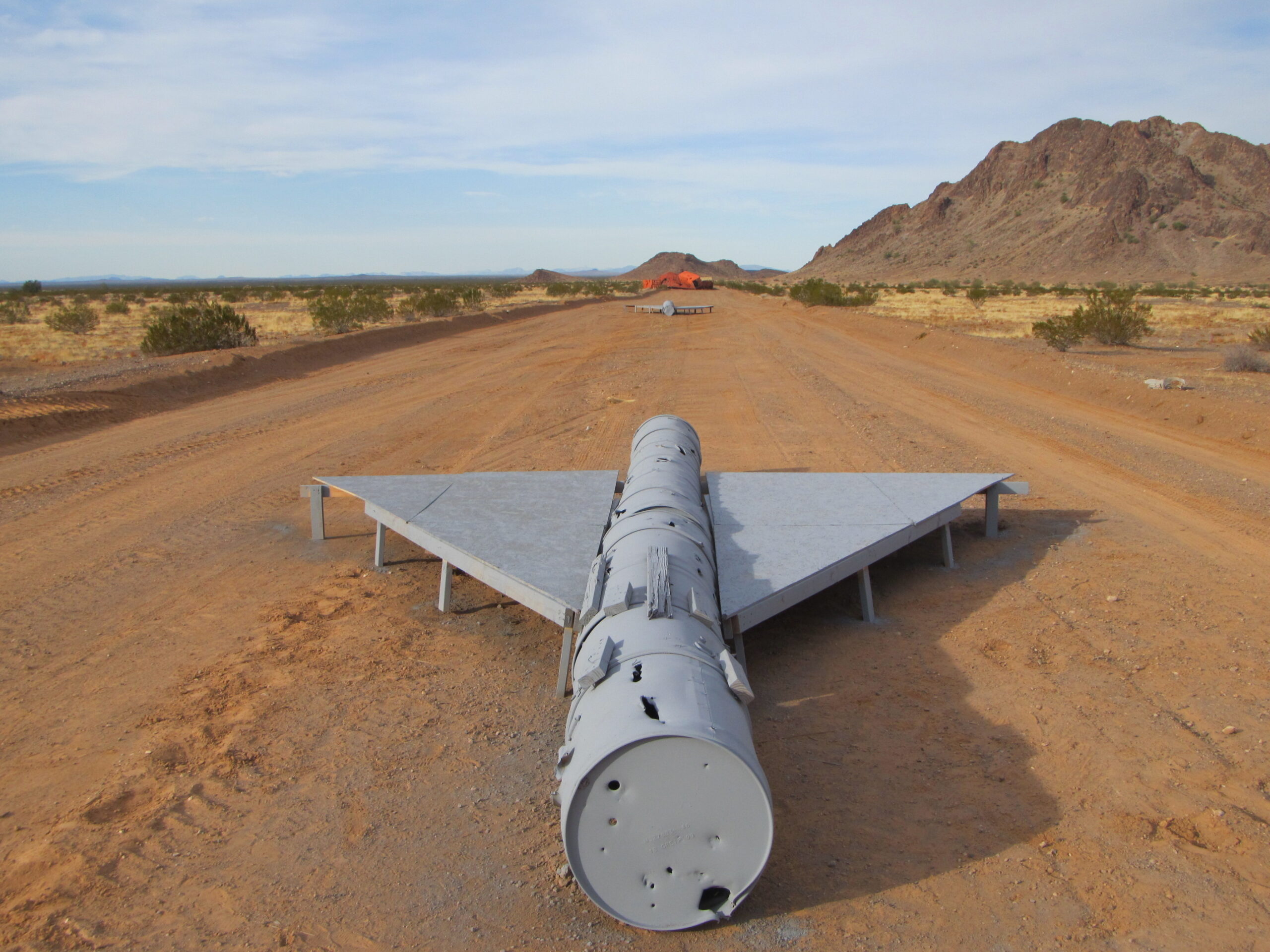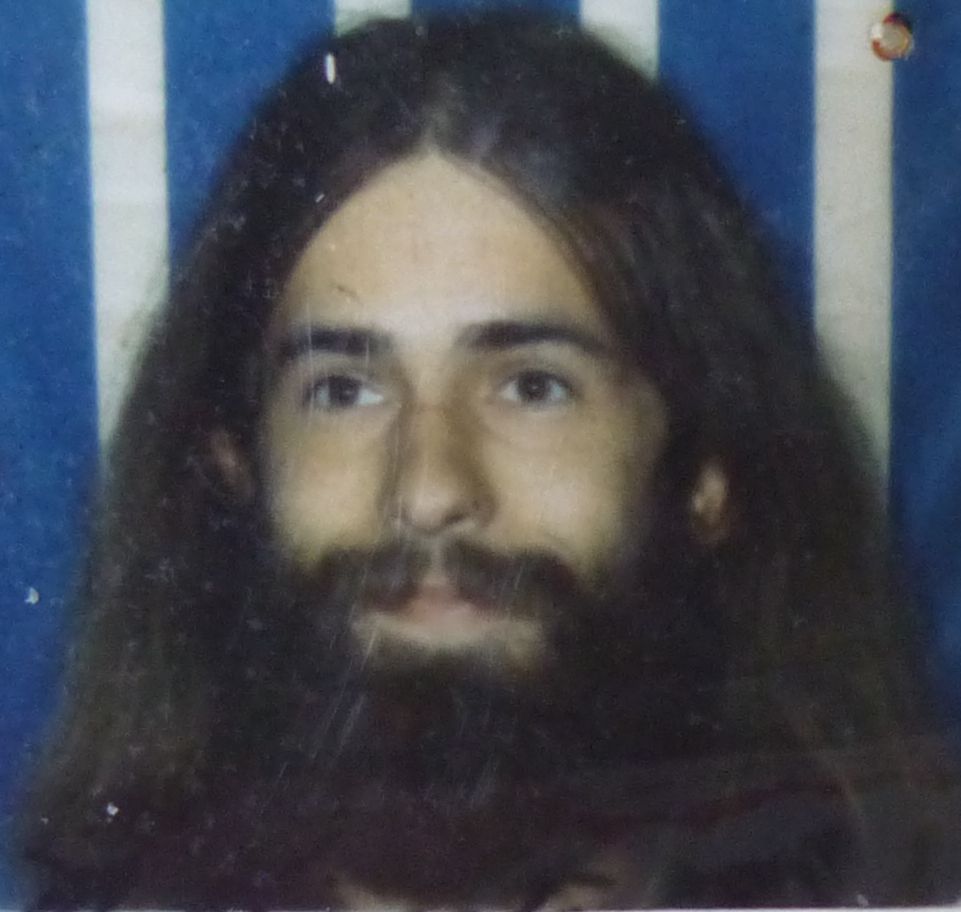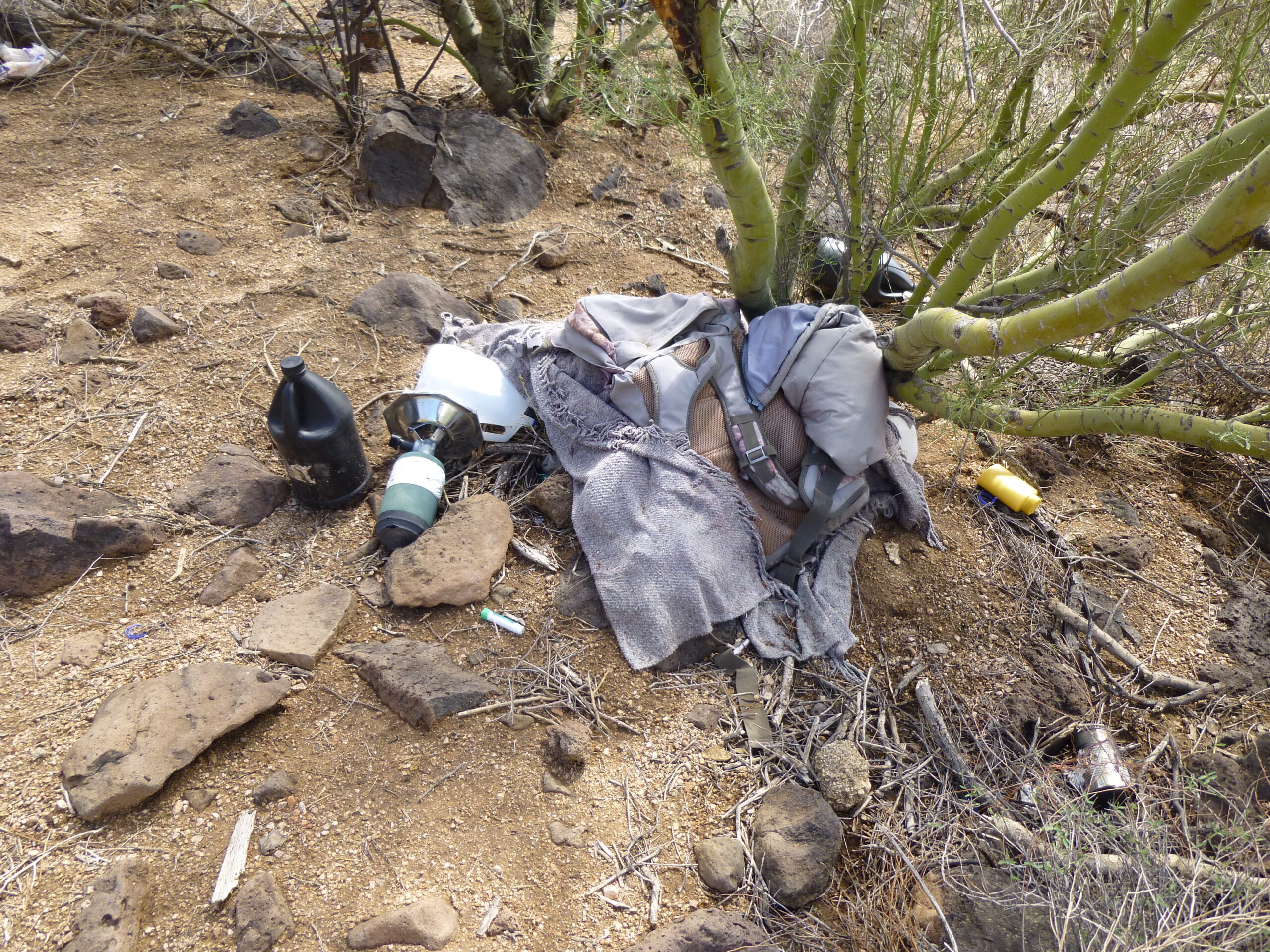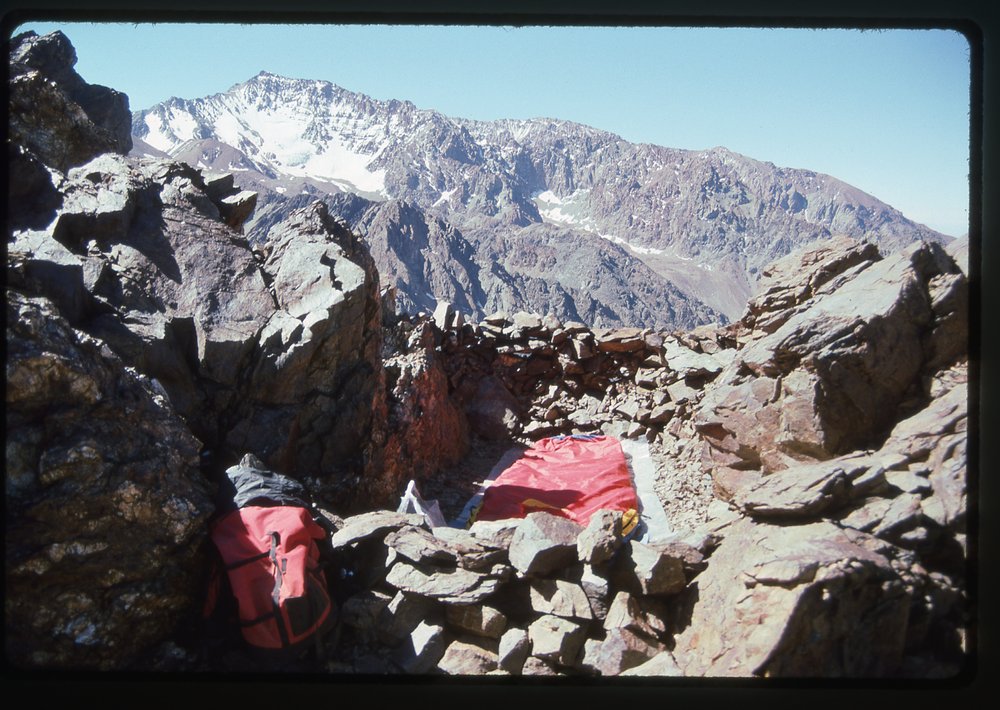Smoky Train
It seemed like a good idea at the time. I loved traveling by train, and the fare was a lot cheaper than flying. So, for 26 dollars I purchased a first-class ticket. It didn’t take long to realize I was in for a rude awakening. The first-class coach in which I rode was filled with smokers who completely ignored the No Smoking signs that were plainly posted. The 9 ceiling fans didn’t help much, as they only blew the smoke around so everyone had to breathe it. The seats didn’t really recline, so I was forced to sit upright the entire time. I was able to open the window beside my seat to get some fresh air, and since it was summer the outside temperature was pleasant enough. The downside of having the window open was that fumes from the diesel engine came into our car. It was hard to say which was worse, the cigarette smoke or the diesel fumes. The train left the station late in the afternoon, traveled all night, and early the next afternoon arrived at our destination, a distance of 1,040 KM. The ride lasted over 16 hours. My eyes were so irritated by then that it hurt just to keep them open. Turns out that the train ride had been no bargain after all – live and learn.
Packing Heat
I was getting comments like “You’ve got to be kidding, right? You’re not seriously thinking about going in there.” Sometimes they’d say “Please don’t consider heading in there alone.” And others would say “You’re going to be armed, right?” These remarks would come up when I was having conversations with Border Patrol agents. They informed me that they would sometimes arrest members of the drug cartels who were carrying weapons. It might be just a handgun, but it could also be something much more serious like an AK-47. They told stories of desperate men who might only be carrying a big knife, but who wouldn’t hesitate to threaten you with it in order to separate you from your food, water, boots and anything else of value, anything that would allow them to continue their journey north and avoid law enforcement. I’d had these warnings starting back in the 1980s. I guess I was just lucky – I met up with Bad Guys plenty of times over the years, but nobody ever threatened me.
Hiding Stuff
Some of the most outrageous climbing trips I was ever on were ones where I used a mountain bike to get around. Perhaps the best example of that was on a trip into the Crater Range in December of 2016, where we used bikes to cover a distance of 87 miles. We had to be sure that, each day when we had used the bikes to get to where the climbing would start, the bikes would be well-hidden from prying eyes, both Border Patrol and the military. Here’s how that went. When the road no longer served us, we’d stop in the middle of the road and pick up the bikes and carry them off to the side of the road and out into the desert. We could then go back and erase our footprints from the road, then take the bikes a respectable distance out into the desert. Sometimes we’d get lucky and find dry grasses which we could use to cover the bikes, like you see in this next photo.
Our 2 bikes are hidden ten feet away in the center of the photo. Not bad, huh?
Fake Planes
Something we found on one of our super-stealthy climbing trips was this double air strip out in the desert. The strips are a full mile long, and are not shown on any map available to the public. They are located deep in the heart of an off-limits bombing range. This spot was a full 30 miles into the range.
Sitting down on the airstrips were some mock airplanes. These were targets to be shot at from jet fighters flying overhead. We found 4 of them. From above, they looked like this.
And here’s a close-up.
There were other kinds of targets there too. Fake tanks, fake buildings. Lots of stuff for pilots to shoot at. We were at this airstrip multiple times, and had to time our visits carefully so we wouldn’t get caught. Actually, we were spotted once but managed to escape into the desert where the military couldn’t find us, even though they spent a while looking for us. Exciting stuff!!
Barabbas
Remember in the Bible how at the feast of Passover, it was the custom of the Roman governor Pontius Pilate to release one prisoner, whichever one the crowd picked. They decided to release a man named Barabbas, a man convicted of murder, instead of Jesus. At the very least, history and legend portray Barabbas as a ruffian, an unsavory sort of fellow whose company you wouldn’t enjoy.
During the summer of 1968, while working on a mining exploration crew, my co-workers decided to start calling me Barabbas, based solely on my appearance. I have to admit that I looked really scruffy – I had let my beard and hair grow long. Their name for me was all in good fun, and I didn’t take offense. Truth be told, I wasn’t someone you’d invite to one of your soirées based strictly on appearance. Here is a picture of me taken a few months later.
It would be another year before I was clean-shaven and my locks were shorn, signaling the end of Barabbas, but it was fun while it lasted.
Bivouac
The dictionary defines a bivouac as “a temporary camp without shelter, used especially by soldiers or mountaineers”. I don’t know how soldiers do it, but there are a variety of ways a climber can bivouac. You could lay on the ground in a sleeping bag, or simply in the clothes you are wearing. In cooler weather, you could add a parka for extra warmth. Sometimes climbers will get themselves into a situation on a peak where they run out of daylight and are forced to spend the night in a bad spot. This could be in a place where the ground slopes downward and you risk rolling downhill – you may have to anchor yourself to the rock, snow or ice around you so you don’t roll off in your sleep. Your bivi spot could be so small that all you can do it sit up, with no chance of lying down to sleep. That happened one time to me and Brian Rundle, with only enough room to sit up and lean against each other. It was winter, and we only had light clothing, just what we wore for the climb. We sat on our ropes for about 14 hours until enough light came with the dawn and we could continue our escape down the face. At least it didn’t storm on us. Thankfully we had enough room to sit – I can’t imagine a spot so bad that you could only stand all night long!
Scary Camps
Many’s the time I innocently walked into a camp of Bad Guys on the desert floor. It would usually be surrounded by vegetation and not visible until you found yourself in the middle of it. Places like the one in this photo. There would usually be sleeping bags, blankets, clothing, water jugs, stoves and any number of other items lying about. Fortunately, these camps were all deserted when I found them.
Another type of camp are the ones that are high up on mountains, manned by lookouts working for the Mexican drug cartels. They tend to look something like this one.
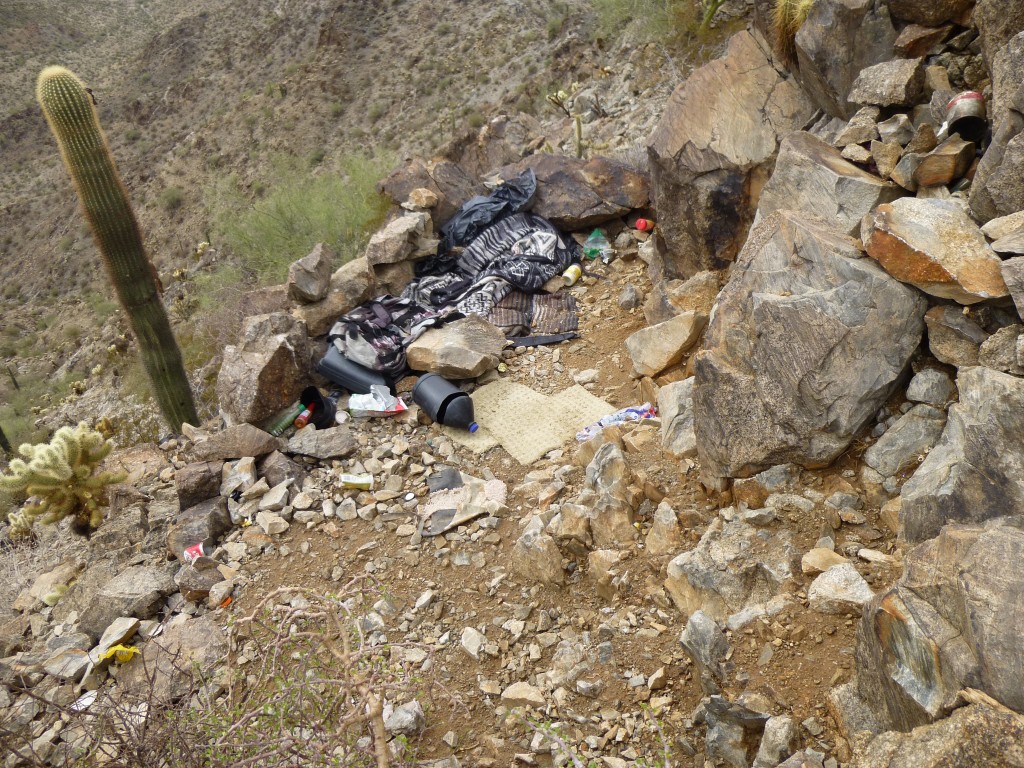
That second type was much more commonly encountered in my travels, and I ran into Bad Guys at these lookout spots quite a few times. Those were tense moments, but happily they didn’t stick around, instead choosing to beat a hasty retreat. No doubt they returned not long after I had left the area.
Melting Snow
You can go without eating for quite a few days and survive it, but you can only go a few days without drinking. If you’re high on a mountain, there may be no running water to be found – you’d want to camp near snow or ice. If you have no stove, or not enough fuel, you could be in big trouble. The higher you go, the more necessary it is to drink enough. Altitude does funny things to your physiology, none of them good. It becomes critically important to keep drinking as you go higher.
Melting snow is time-consuming. Light, fluffy snow provides little water, so you need to melt a lot of it. I’ve spent hours melting enough to get just a few liters of water. If you’re using snow from an area where others have camped, you need to be really careful to gather snow that isn’t contaminated with human waste.
Scant Breakfast
In January of 1948, Edmund Hillary and friends were in the middle of the first ascent of the south ridge of Mount Cook, New Zealand’s highest peak. They found themselves with very little food, and one of Hillary’s partners described their situation as follows: Breakfast didn’t take long to prepare. The main ingredients were “a breath of fresh air and a good look around”. He certainly had a good sense of humor under difficult circumstances.
Broken Bones
As I write this, I’m 76 years old and I’ve never broken a single bone in my body. I’ve come darn close a few times, but have always been lucky. Most people I know who are my age have broken at least one bone in their life, and I guess that’s to be expected in the course of normal living. What makes it all the more surprising in my case is that I’ve been climbing mountains for the last 60 of those years, and have certainly had plenty of opportunities to have broken something. Osteopathic statistics state that the average person will break 2 bones in their lifetime.
Poor Choice of Route
I had already spent a week at around 10,000 feet, using that as a base of operations and getting more used to the elevation. Climbing up high each day, then sleeping back down at my base, allowed me to feel pretty acclimated as the days passed. The weather had held perfect that December in the middle of the austral summer. Finally, I felt ready to try something a bit higher.
I set out one morning up a valley, then up a ridge that gained me a lot of elevation quickly. There were several good spots where I could have camped along the way, but my thinking was that the higher I could sleep, the better I’d be placed for some real climbing the next day. Finally, not long before sunset, I found a good bivi spot. Others had used it before me and had built a low wall of rocks as a windbreak. What a place this was, at 15,100 feet. I laid out my bivi bag and settled in for the night.
I slept pretty well and was moving at first light in the bitter cold. I continued straight up yesterday’s ridge and topped out on a higher ridge, where the sun warmed my bones. Then began a long trudge of several hours along that ridge until I arrived at my goal, an easy peak just under 17,400 feet. So far, so good. The climb had gone without problems, and I was feeling like I was a pretty clever fellow. Then I made a stupid mistake.
Instead of retracing my steps along the high ridge, then dropping straight down the other ridge which would have taken me right back to my bivi site, a sure thing over known ground with no difficulties, I decided to take a shortcut. My addled brain suggested that I could do a descending traverse diagonally across and down to arrive at the spot where my gear awaited. I mean, how hard could it be? I could see all the way across the intervening ground to my bivi site, even though it was a few miles away. This turned out to be a galactically stupid move.
It took hours to weave my way in and out of endless gullies of loose rock as I lost the 2,300 feet of elevation. Finally, I arrived at my gear well into the afternoon. I had a pounding headache and was nauseous. It was quick work to pack up and then descend the remaining 5,000 vertical feet to my base at the lovely, low 10,000-foot elevation. The moral of this story is – stick to the sure thing, especially when alone and on tricky ground.

